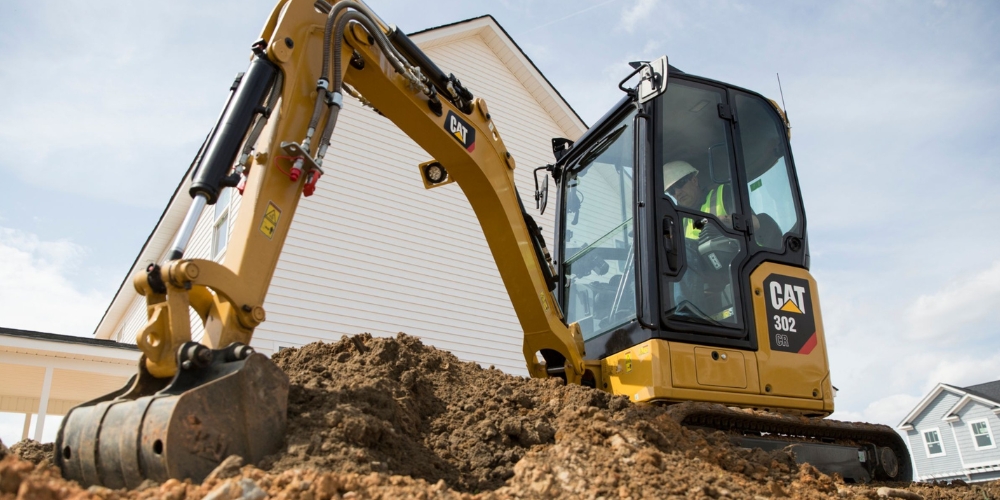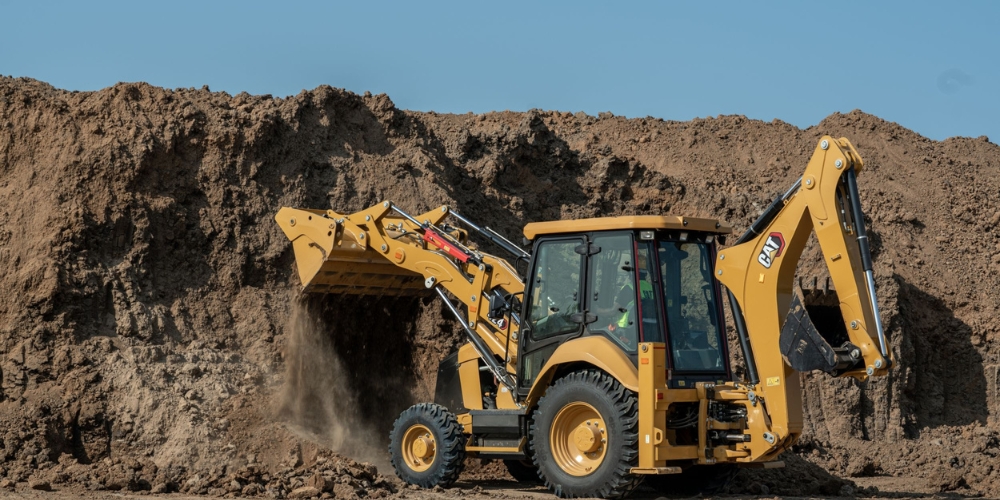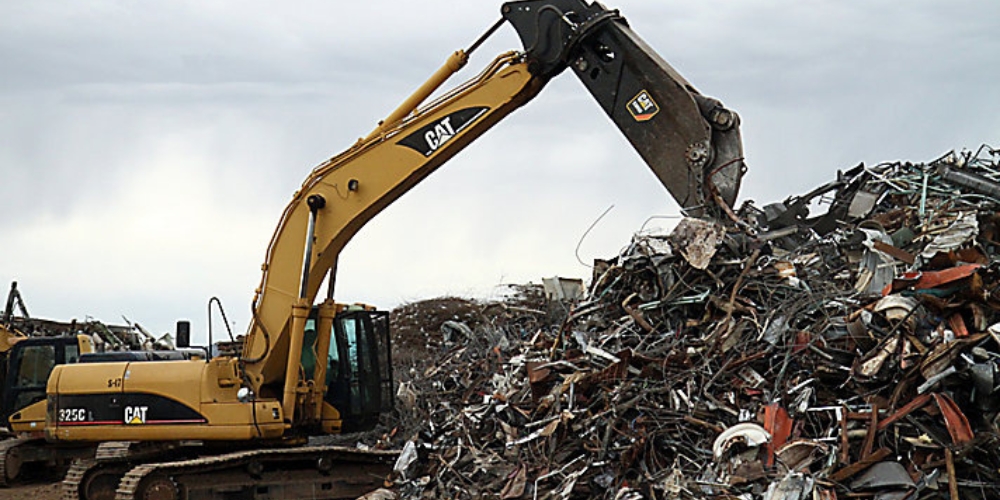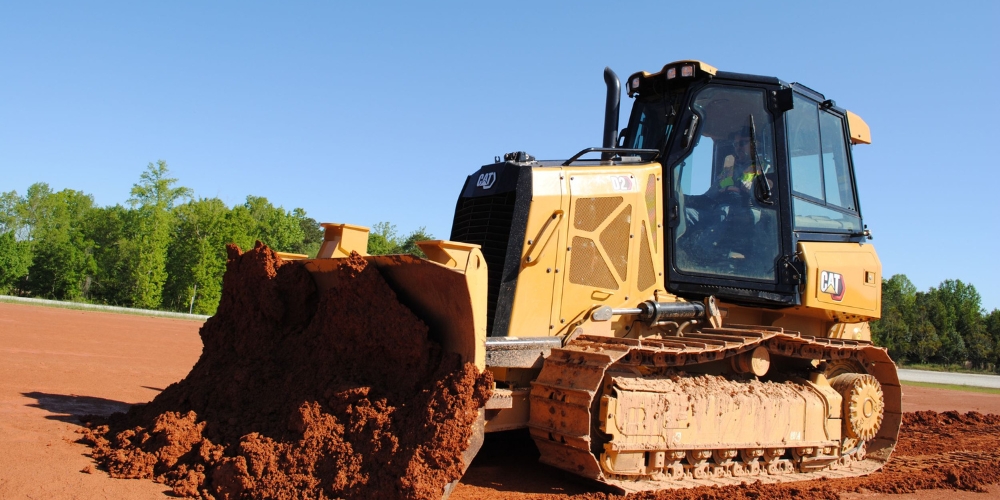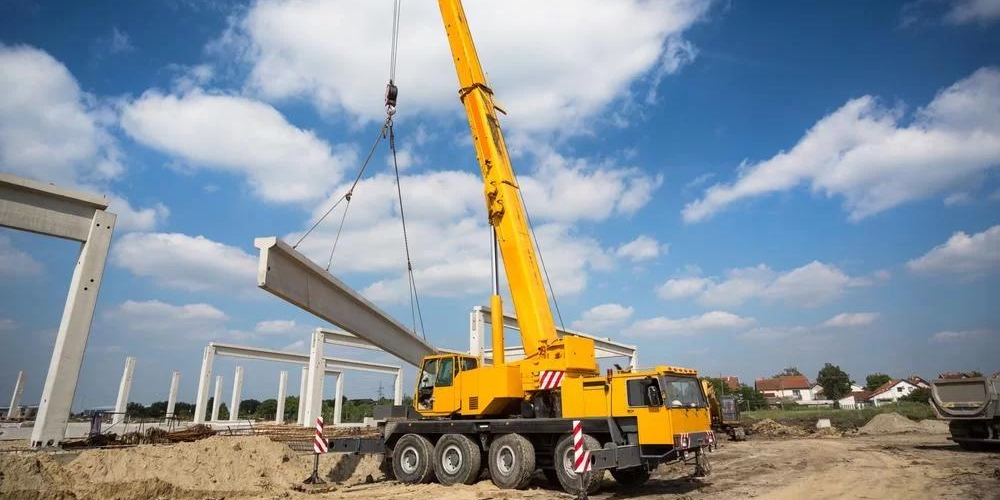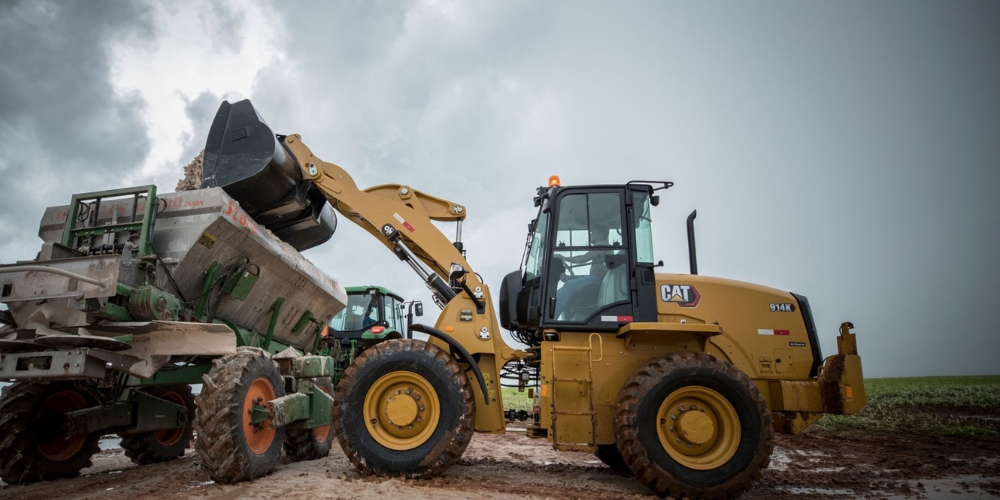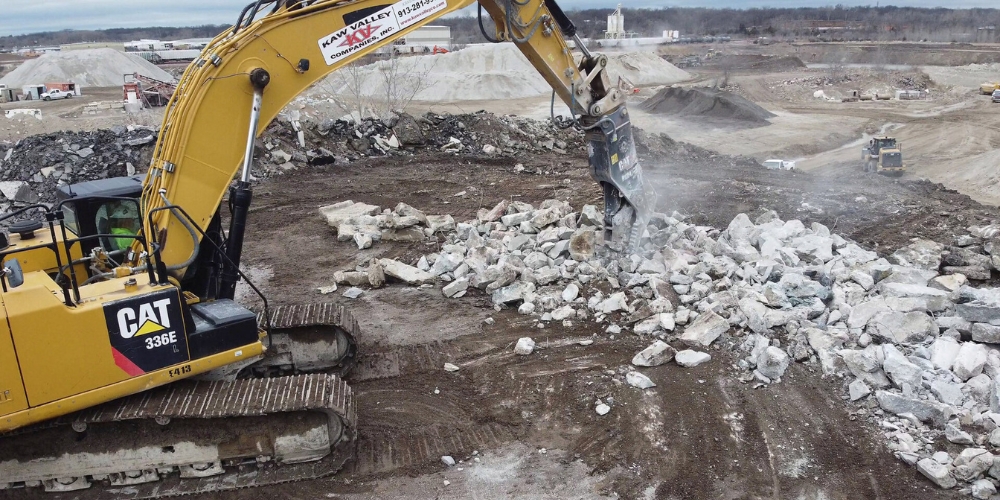What Equipment Is Used In Demolition
Demolition is the process of breaking down buildings and other man-made objects, although it is not the same as deconstruction. Demolition normally entails a lot of rubble, metal, and concrete crashing down, but each demolition project is different in its own way. As a result, the dismantling task necessitates a thorough analysis of the method to be followed and the equipment to be utilised. Construction equipment is selected based on the scale, venue, and local atmosphere of a demolition project.
In general, development projects may be divided into two categories: low-level demolitions, which include the destruction of single-story buildings and other small structures, and high-level demolitions, which include the demolition of multi-story buildings, large dams, and other larger structures. To complete the two kinds of programmes, different types of building equipment are required. Our excavation company provides a wide range of excavators that cover your demolition needs.
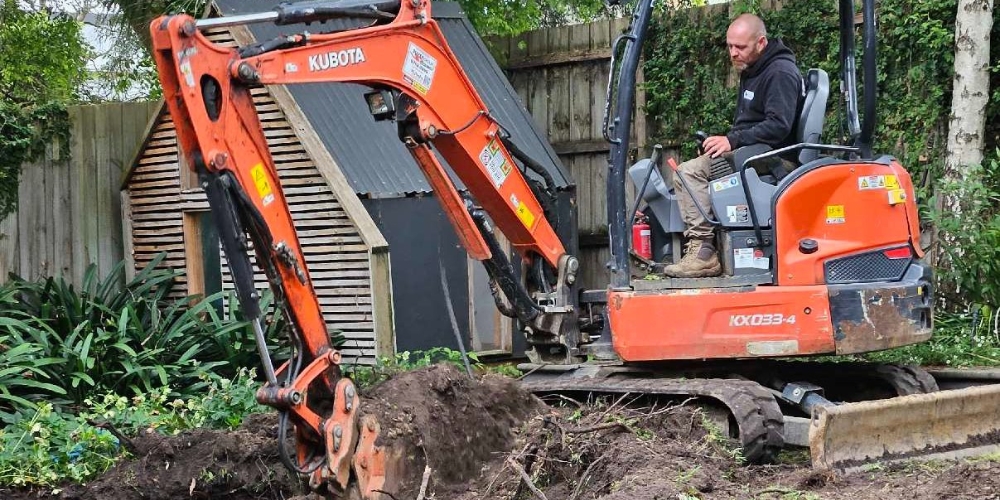
Let's have a peek at the equipment that is used in demolition projects.
Examples of demolition machinery
Excavators
Excavators are one of the most important pieces of machinery on a demolition site. They assist in a wide range of projects when performing quickly and efficiently. It’s useful to glance through the pieces of an excavator to grasp what it’s intended for. The cab, boom, arm, bowl, and shoe are the most popular excavator components.
Excavators are versatile piece of machinery that can be used for a variety of projects. They are ideal for a variety of demolition projects, including building demolition, mobile home demolition, industrial demolition, inground pool excavation, and barn demolition, as well as floors, pits, modern inground pools, and wetlands. Excavators are used in a variety of sectors besides demolition and drilling, including building, forestry, and mining.
Backhoe loader
There’s an adjustable shovel, and in the back, there’s a bucket. It’s commonly used for medium and small jobs. This machine is good for pushing gravel, installing tubing, and doing backfill work. The fact that it moves on tyres means it can be used in metropolitan environments and in trenches with different widths.
Backhoe Loaders are capable of manoeuvring in confined spaces. This device may be equipped with a variety of tool accessories, the most common of which are buckets for removing debris from a job site. Another great accessory is the Hydraulic Breaker, which can be used to crack difficult materials like rock or concrete during demolition work.
Shears
When working on larger tasks, shears are the tools for the demolition task. These are massive scissors capable of cutting through almost everything. These are mostly used to break up steel beams and other big metal parts. Shears can be placed on a material handler or an excavator.
They’re great at not only tearing down buildings but also cutting and processing steel for recycling. Try recycling as much of the content as possible if you’re adamant about getting the most out of each demolition process.
Dozers
Anyone who has done demolition knows how much material needs to be moved. The dozer is the backbone of any demolition for it can be used for bulldozing, ripping, land clearing, grading, scraper work, and other tasks.
They are extremely powerful machines with a large blade in front that is controlled by hydraulic pistons and a ripper in the back. The machine is available in different tyre and track configurations. If you need an excavator for demolition, excavator hire is an option.
Cranes
Cranes are typically used for high-level demolition projects. To push down the large buildings, a heavy-weight wrecking ball is attached to a cable that is swung onto the side by a crane. In fact, it is the only single machine capable of providing three-dimensional weight movement in a single piece.
It usually comes with a hoist, wire ropes or chains, and sheaves that can be used to lift, lower, and move materials horizontally. Cranes are divided into several categories: stationary or derrick cranes, mobile cranes, overhead or gantry cranes, traveller cranes, and tower cranes.
Wheel loaders
Wheel loaders can be used in virtually any industry that deals with heavy loads to complete tasks. Wheel loaders are used in a variety of industries, including logging, carpentry, construction, quarrying, and demolition.
Wheel loaders are particularly useful in demolition for clearing debris and waste from sites. The loader facilitates countless processes in material transportation and excess material removal, from soil to sand to bricks and stones.
A wheel loader, like a crane or a pulley, can be used for a variety of tasks outside of its obvious applications. With the right attachment, this heavy machinery can pick up and transport pipes, carry and remove the trash, and transfer construction materials quickly and efficiently with the dump of a large bucket just like a skid steer.
Pulverizer
The pulverizers’ cleverly angled bulk pulverizers effectively separate rebar from concrete. The demolition pulverizer’s straight design makes it ideal for both primary and secondary demolition of non-reinforced and reinforced concrete structures.
Attached to an excavator, these massive jaws can eat through concrete slaps like butter. The jaws’ impact crushes the concrete away from the rebar, making it easier to separate it from the rubble.
Conclusion
Choosing the right size of equipment and attachments for the job at hand is crucial to properly expand your flee and making the most out of your equipment. So, depending on the needs of the demolition project, the machines listed above can be used to successfully complete demolition tasks. You must first determine your needs before adding demolition equipment to your fleet.

